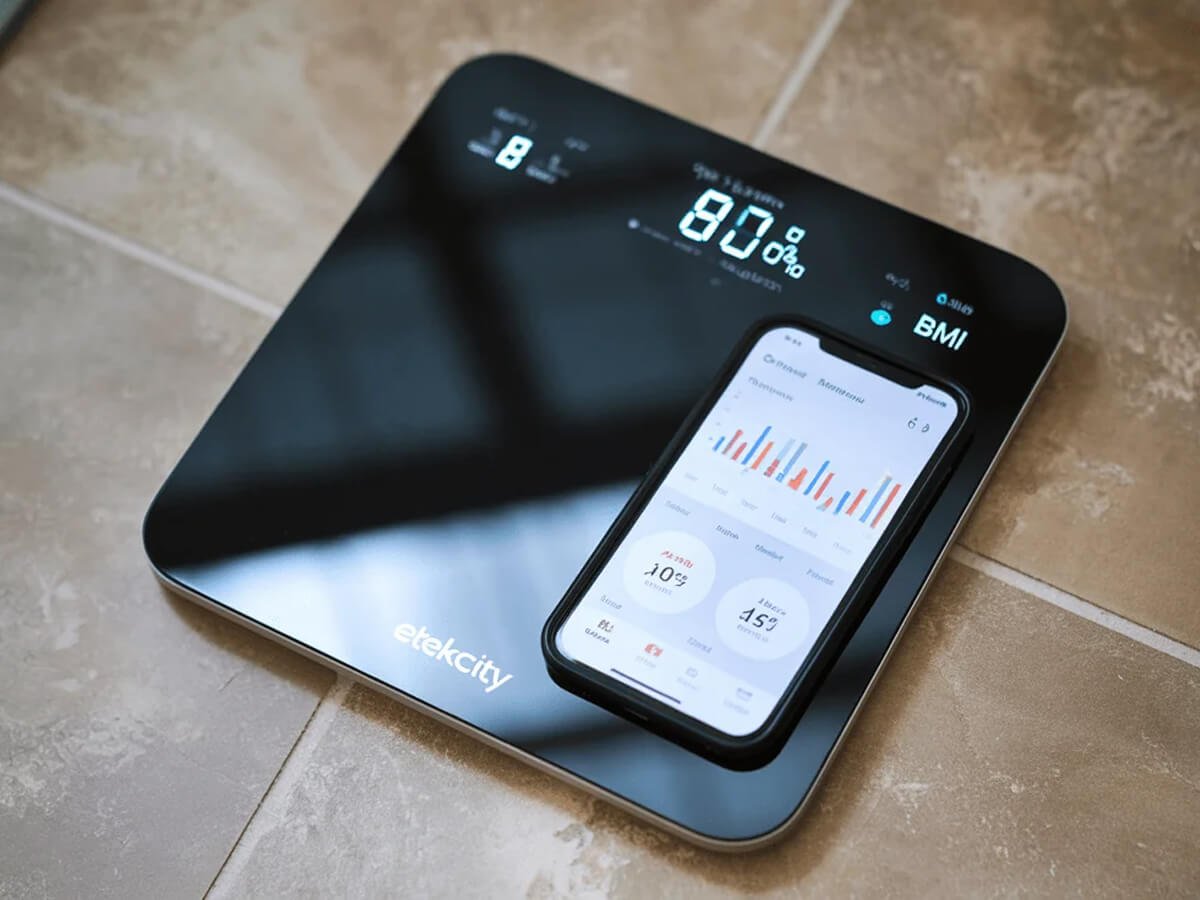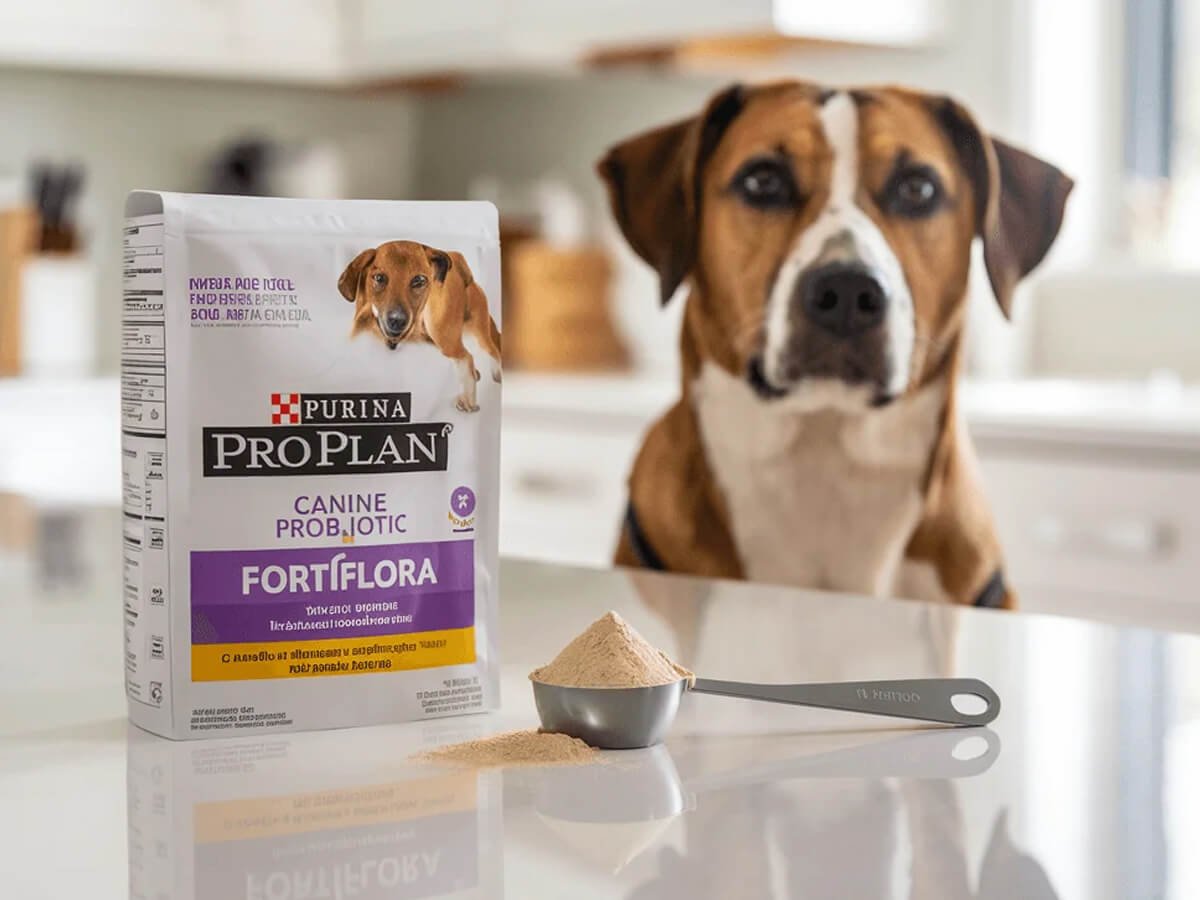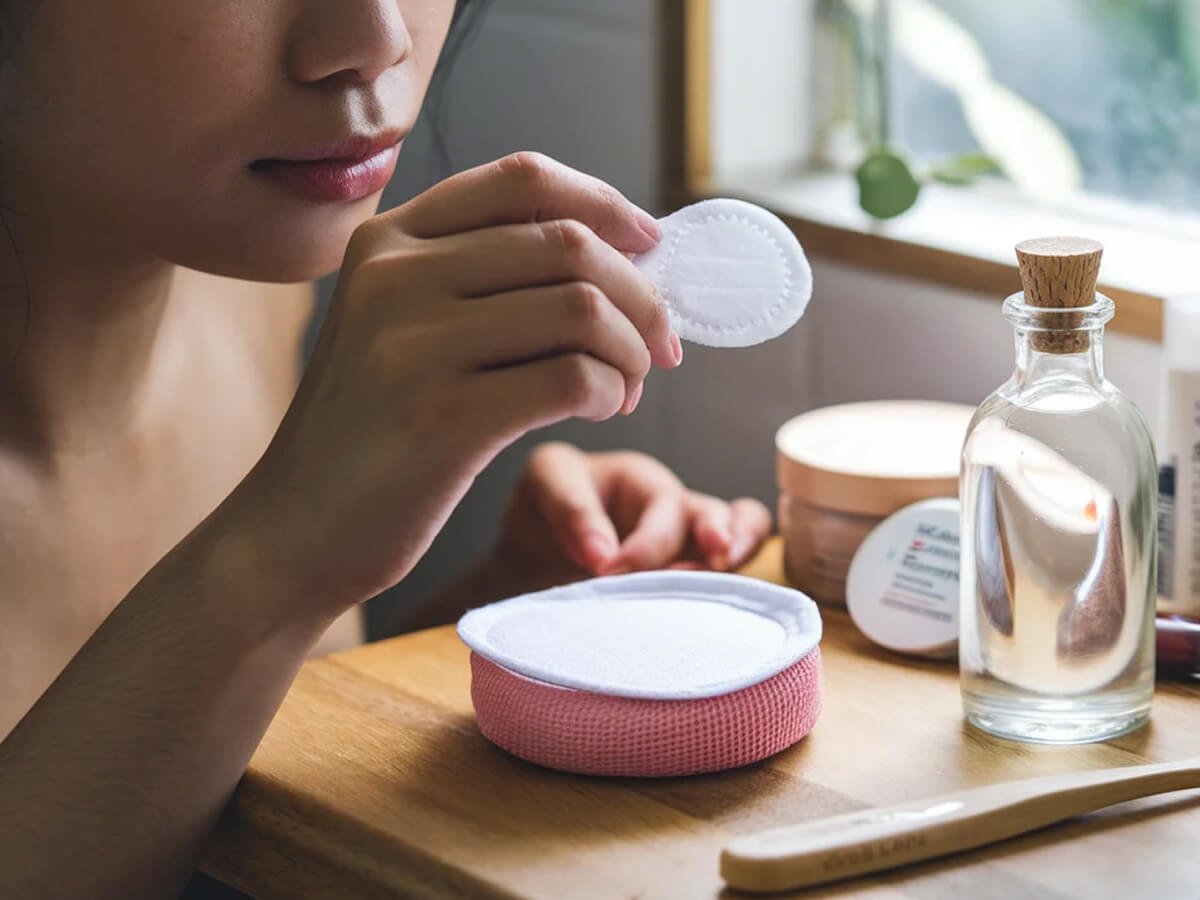It’s sitting there on your bathroom counter right now – that familiar bottle of Softsoap liquid hand soap with its pleasant Fresh Breeze scent. With an impressive 4.8-star rating from over 100,000 reviews and ranking #48 in Beauty & Personal Care, it’s no wonder this Colgate-Palmolive product has become a staple in American households. You trust it to keep your hands clean in accordance with CDC recommendations, washing away germs while leaving behind that refreshing scent you’ve come to love. But what if there’s more to this everyday product than meets the eye?
Behind that appealing packaging and affordable price tag for a six-pack lies a web of carefully guarded secrets. 💧 From questionable ingredients carefully disguised under scientific names to environmental impacts that aren’t advertised on the label, the true cost of your hand soap extends far beyond what you pay at checkout. The marketing tactics employed by industry giants like Colgate-Palmolive have masterfully created brand loyalty while diverting your attention from what’s actually inside the bottle. In this exposé, we’ll pull back the curtain on the hand soap industry and reveal what manufacturers don’t want you to know.
- Light, fresh scented liquid hand soap
- Wash hands often for good hand hygiene.Paraben free and formulated without phthalates
- Rich lathering soap that leaves hands feeling soft
Table of Contents
ToggleThe Truth Behind Softsoap’s Popularity
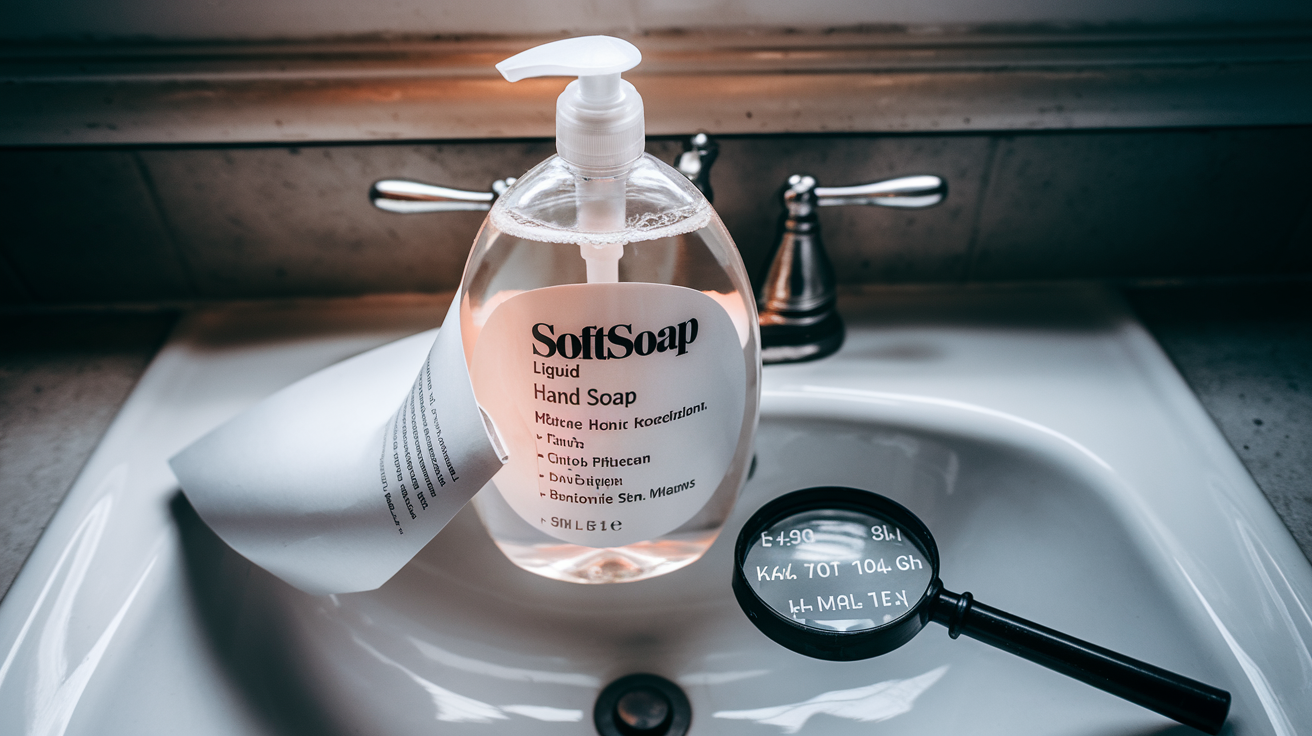
The Truth Behind Softsoap’s Popularity
Analysis of the 4.8-star Rating from Over 100,000 Reviews
While Softsoap enjoys impressive ratings from consumers, there’s more beneath the surface. Behind those glowing reviews lies a concerning reality – many users have reported adverse effects after prolonged use. Some customers have even experienced skin lesions and other health issues, prompting them to seek legal action against the brand. These experiences stand in stark contrast to the stellar ratings that continue to drive the product’s popularity.
Examining Softsoap’s Market Position (#48 in Beauty & Personal Care)
Softsoap’s strong market position didn’t happen by accident. While ranked #48 in Beauty & Personal Care, the brand faces significant legal challenges. A consumer class action lawsuit has been filed against Colgate-Palmolive regarding their Softsoap antibacterial liquid hand soap. The lawsuit centers on false advertising claims, with plaintiffs alleging that Colgate misrepresented the soap’s germ-killing effectiveness and its supposed advantages over non-antibacterial soap alternatives.
Colgate-Palmolive’s Manufacturing Practices
Colgate-Palmolive’s manufacturing and pricing strategies reveal interesting patterns. Analysis Group’s investigation found that, contrary to what consumers might expect, Colgate doesn’t actually price their antibacterial products higher than non-antibacterial variants at the wholesale level. This pricing strategy persists at retail, where no premium is charged for the antibacterial formulation compared to regular versions.
The company’s pricing varies significantly across different sales channels, geographic locations, and time periods, suggesting a complex marketing strategy that might confuse consumers about the true value of their products. This raises questions about whether consumers are making informed decisions when purchasing Softsoap products or simply responding to carefully crafted marketing messages.
These manufacturing and pricing practices become particularly concerning when considering the health complaints from long-term users. Many consumers have expressed interest in joining class action lawsuits after discovering potential connections between their health issues and extended use of these products.
With this understanding of Softsoap’s market position and Colgate-Palmolive’s practices, we need to dig deeper into what actually goes into these products. In the next section, “Hidden Ingredients in Your Hand Soap,” we’ll examine the specific chemicals that might be causing these reported health problems and what they mean for your daily hygiene routine.
- Light, fresh scented liquid hand soap
- Wash hands often for good hand hygiene.Paraben free and formulated without phthalates
- Rich lathering soap that leaves hands feeling soft
Hidden Ingredients in Your Hand Soap
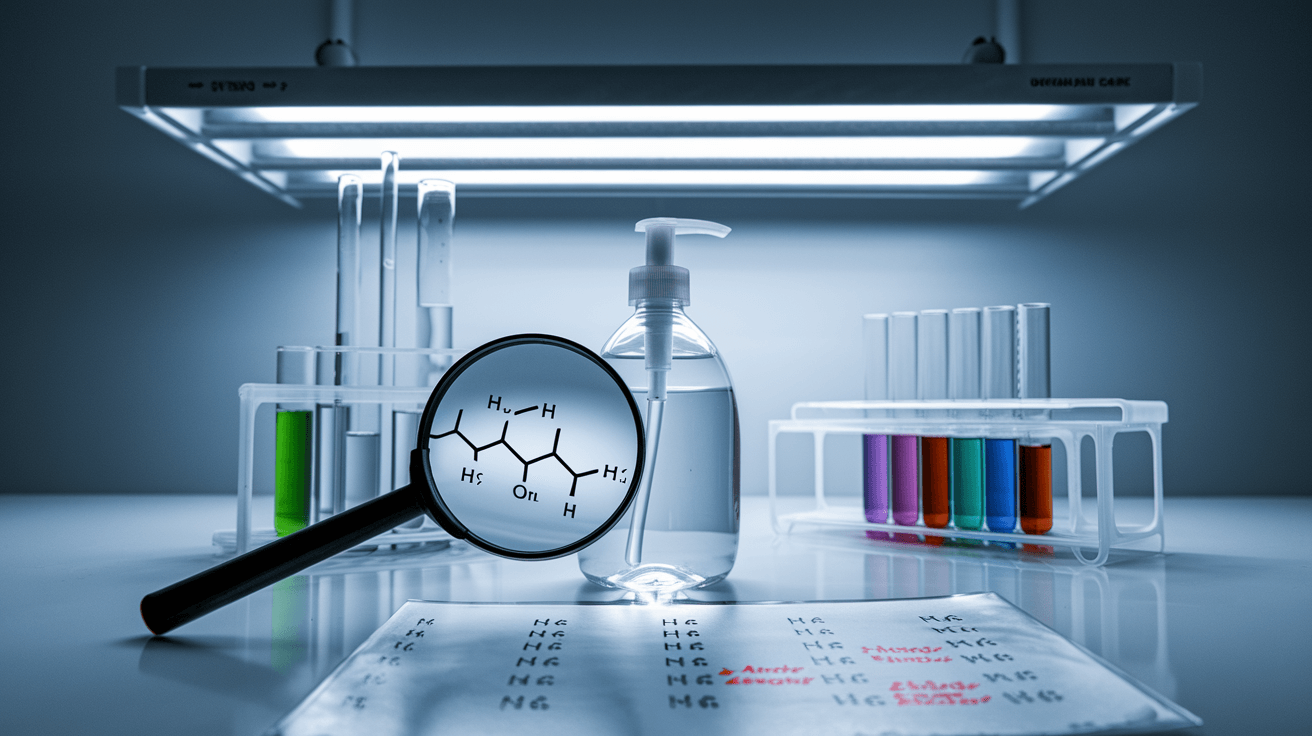
Hidden Ingredients in Your Hand Soap
Now that we’ve uncovered the truth behind Softsoap’s popularity and its market dominance, it’s time to take a closer look at what’s actually inside the bottle. Many consumers are unaware of the potentially harmful ingredients lurking in their daily hand soap.
A. Detailed breakdown of Softsoap’s ingredient list
Softsoap, like many commercial liquid hand soaps, contains a complex mixture of chemicals that deserve scrutiny. The ingredient list typically includes:
- Sodium Laureth Sulfate (SLES): A common foaming agent that creates the lathering effect consumers have come to expect
- Cocamidopropyl Betaine: Another surfactant that contributes to the soap’s texture and cleaning properties
- Fragrance mixtures: Proprietary blends that aren’t required to be fully disclosed
- Parabens: Including methylparaben and propylparaben as preservatives
- Triclosan: An antibacterial agent (though less common now due to regulatory concerns)
- Colorants: Artificial dyes that give the soap its appealing appearance
These ingredients play specific roles in the product’s performance, but many consumers are unaware of their potential implications.
B. Potential health concerns in common hand soap formulations
According to Medical News Today’s health resources, several ingredients common in commercial hand soaps have been linked to health concerns:
- Some surfactants may cause skin irritation or allergic reactions in sensitive individuals
- Fragrance mixtures have been associated with respiratory issues and skin sensitivities
- Certain preservatives have raised concerns about hormone disruption
- Antibacterial agents like triclosan have come under scrutiny for potential impacts on thyroid function and antibiotic resistance
For individuals with existing health conditions such as eczema, psoriasis, or other skin conditions, these ingredients may exacerbate symptoms. The repeated daily exposure to these chemicals—sometimes multiple times per day—raises questions about cumulative effects on long-term health.
C. Comparison with alternative natural soap options
When comparing Softsoap to natural alternatives, several key differences emerge:
| Feature | Conventional Soap (Softsoap) | Natural Soap Alternatives |
|---|---|---|
| Ingredients | Synthetic surfactants, preservatives, fragrances | Plant-based oils, essential oils, natural preservatives |
| Environmental Impact | Higher environmental footprint | Generally lower environmental impact |
| Transparency | Limited ingredient disclosure | Often more transparent labeling |
| Health Considerations | Potential irritants and allergens | Typically fewer concerning ingredients |
| Price Point | Usually less expensive | Often more expensive |
Natural soap alternatives typically use ingredients like castile soap base, essential oils for fragrance, and plant-derived preservatives. These products generally avoid the potentially harmful ingredients in conventional formulations while still providing effective cleaning.
With a better understanding of what’s in your hand soap and the potential health implications, we can now turn our attention to the broader impact of these products. In the next section, we’ll explore “The Environmental Impact of Liquid Hand Soap” and discover how these seemingly innocuous products affect our planet in ways many consumers never consider.
- Light, fresh scented liquid hand soap
- Wash hands often for good hand hygiene.Paraben free and formulated without phthalates
- Rich lathering soap that leaves hands feeling soft
The Environmental Impact of Liquid Hand Soap
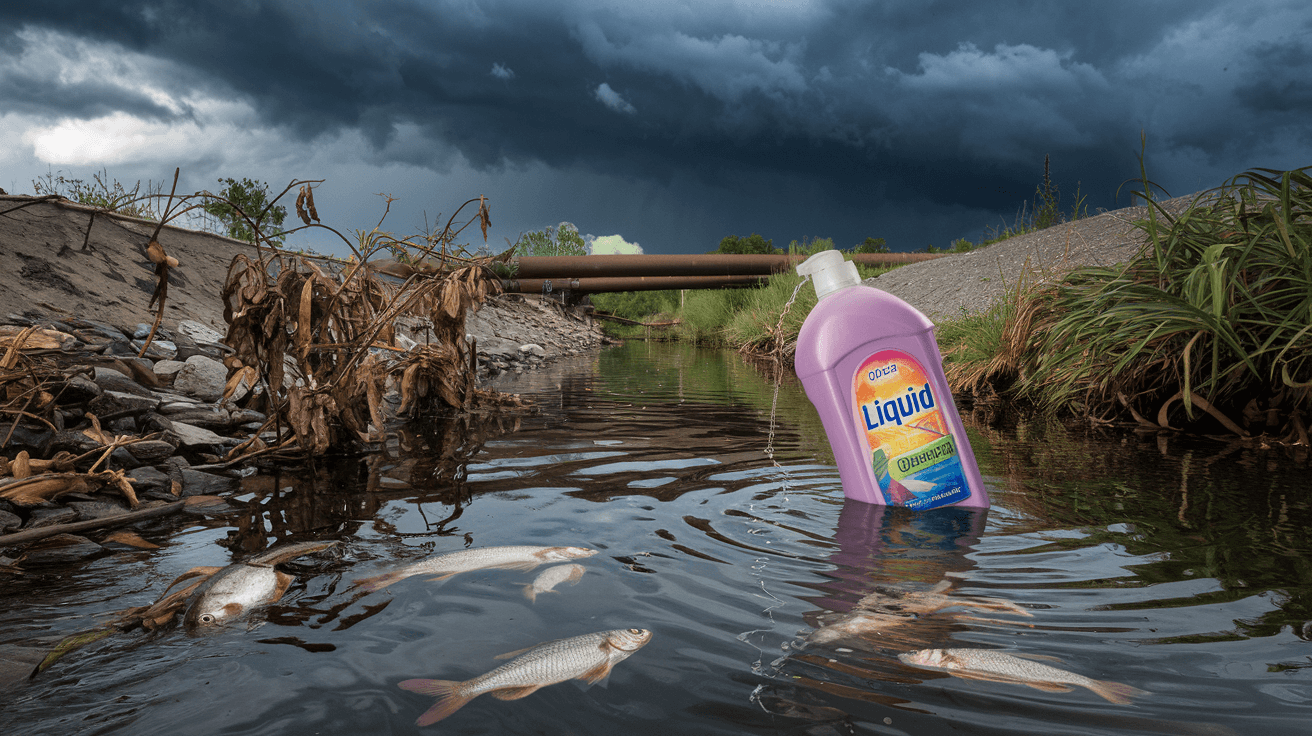
The Environmental Impact of Liquid Hand Soap
Now that we’ve uncovered the concerning ingredients hiding in your hand soap, it’s important to understand how these products affect our planet. Beyond just the chemicals inside, the entire lifecycle of liquid hand soap poses significant environmental challenges.
Plastic packaging and sustainability issues
The convenience of liquid soap comes at a steep environmental cost. Unlike traditional bar soaps that often come wrapped in recyclable paper or cardboard, liquid hand soaps are typically housed in non-recyclable plastic containers. These plastic pumps and bottles contribute significantly to pollution and resource depletion. Each year, millions of these containers end up in landfills or oceans, taking hundreds of years to decompose while releasing microplastics into the environment.
Softsoap and similar brands rarely address the sustainability concerns related to their packaging choices, opting instead for attractive dispensers that encourage continued consumption rather than refilling or recycling.
Water usage in liquid soap production
The environmental footprint of liquid soap begins long before it reaches your bathroom. Liquid soaps contain significantly higher water content than bar soaps, making them heavier to transport and requiring more energy throughout the supply chain. The production process is notably water-intensive, requiring considerable resources to create the convenient pump products consumers have grown accustomed to.
This increased water usage translates to a larger carbon footprint, as more energy is needed to process, heat, and transport the water-heavy product. In contrast, bar soaps have a lower water content and generally require less intensive manufacturing processes.
Ecological footprint of mass-produced hygiene products
The complex production process for liquid soaps involves combining oils, lye, and various additives, significantly elevating their environmental impact compared to simpler alternatives. When these products wash down our drains, the synthetic chemicals they contain can harm aquatic ecosystems as they enter waterways.
Some particularly concerning ingredients include sulfates and microbeads, which can be toxic to marine life. Additionally, the sourcing of ingredients like palm oil for mass-produced soaps has been linked to deforestation and habitat destruction in environmentally sensitive regions.
While maintaining proper hygiene is essential, the ecological cost of our current liquid soap obsession deserves serious consideration. The rise in hand washing during the COVID-19 pandemic has only amplified these environmental concerns, making it even more important to seek out eco-friendly hand soap alternatives that prioritize sustainability without compromising effectiveness.
With this understanding of the environmental impact of liquid hand soaps, we’ll next examine the clever marketing tactics companies employ to keep consumers buying these products despite their ecological drawbacks. The persuasive techniques used by major brands like Softsoap often overshadow the environmental realities we’ve discussed.
- Light, fresh scented liquid hand soap
- Wash hands often for good hand hygiene.Paraben free and formulated without phthalates
- Rich lathering soap that leaves hands feeling soft
The Marketing Tactics That Keep You Buying

The Marketing Tactics That Keep You Buying
Now that we’ve examined the environmental consequences of liquid hand soap products, let’s uncover the marketing strategies that brands like Softsoap use to maintain their grip on consumers, despite the ecological and health concerns we’ve discussed.
CDC Recommendations and How Brands Capitalize on Them
Hand soap manufacturers have masterfully exploited public health guidelines to drive sales. When organizations like the CDC release handwashing recommendations, these companies swiftly incorporate this language into their marketing materials. Rather than simply providing a necessary hygiene product, they position themselves as essential guardians of health, creating an emotional exploitation that preys on consumer fears about germs and illness. This psychological pressure transforms a basic purchase into what feels like a critical health decision, compelling consumers to remain loyal to familiar brands regardless of their actual ingredients or environmental impact.
Bundle Marketing Strategies (Analyzing Frequently Bought Together Items)
Another deceptive advertising tactic employed by hand soap brands involves strategic product bundling. By analyzing purchasing patterns, companies create “frequently bought together” suggestions that encourage consumers to buy multiple products from the same brand. This information manipulation creates a perception of complementary benefits when using products from a single manufacturer. For example, a consumer purchasing Softsoap might be prompted to add the matching hand sanitizer or lotion, despite no proven advantage to using matched products containing similar potentially harmful ingredients.
Price Point Strategies That Drive Consumer Loyalty
The calculated pricing of commercial hand soap represents a sophisticated form of psychological pressure designed to build habitual purchasing patterns. Brands typically position their products at accessible price points that seem reasonable for “everyday essentials,” creating the illusion of good value despite significant markup over production costs. This strategic pricing keeps consumers from questioning what’s actually in their soap or researching eco-friendly hand soap alternatives.
Additionally, companies employ manipulative promotional cycles, offering periodic discounts that condition consumers to stock up, creating brand dependency and preventing exploration of safer options. These tactics distort consumer perception of actual value, leading many to prioritize short-term savings over long-term health and environmental considerations. The truth about commercial hand soap brands is that their pricing strategies are designed not for consumer benefit, but to maximize repeat purchases of products containing questionable ingredients.

The Uncomfortable Truth About Hand Soap
As we’ve explored throughout this article, there’s more to your favorite liquid hand soap than meets the eye. While Softsoap boasts a 4.8-star rating from over 100,000 reviews and effective cleaning capabilities, we’ve uncovered concerning ingredients, environmental impacts, and manipulative marketing tactics that deserve your attention. Behind the pleasant Fresh Breeze scent and CDC-compliant handwashing recommendations lies a complex reality that consumers rarely see.
The next time you reach for that 7.5 fl oz bottle manufactured by Colgate-Palmolive Co., consider the full story we’ve shared. You have choices when it comes to hand hygiene that don’t compromise your health or the planet. Whether you opt for more transparent brands with safer ingredients or explore package-free alternatives, your purchasing decisions matter. Let’s demand better from industry giants who prioritize profits over people and planet—because clean hands shouldn’t come with hidden costs.
- Light, fresh scented liquid hand soap
- Wash hands often for good hand hygiene.Paraben free and formulated without phthalates
- Rich lathering soap that leaves hands feeling soft
See more articles? Visit here.
This is Trending Products Zone. Trending Products Zone is a participant in the Amazon Services LLC Associates Program and other affiliate programs, such as the Costco Affiliate Program and, AliExpress Affiliate Program, designed to provide a means for websites to earn advertising fees by advertising and linking to partner sites. As an affiliate site, we may earn commissions from qualifying purchases made through links on our website, at no additional cost to you.






